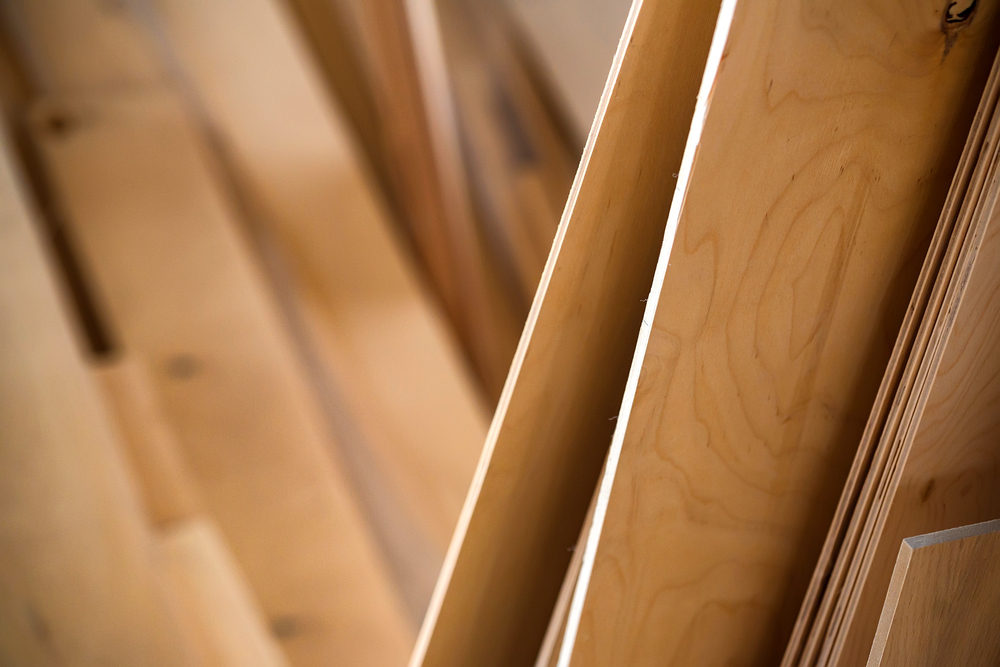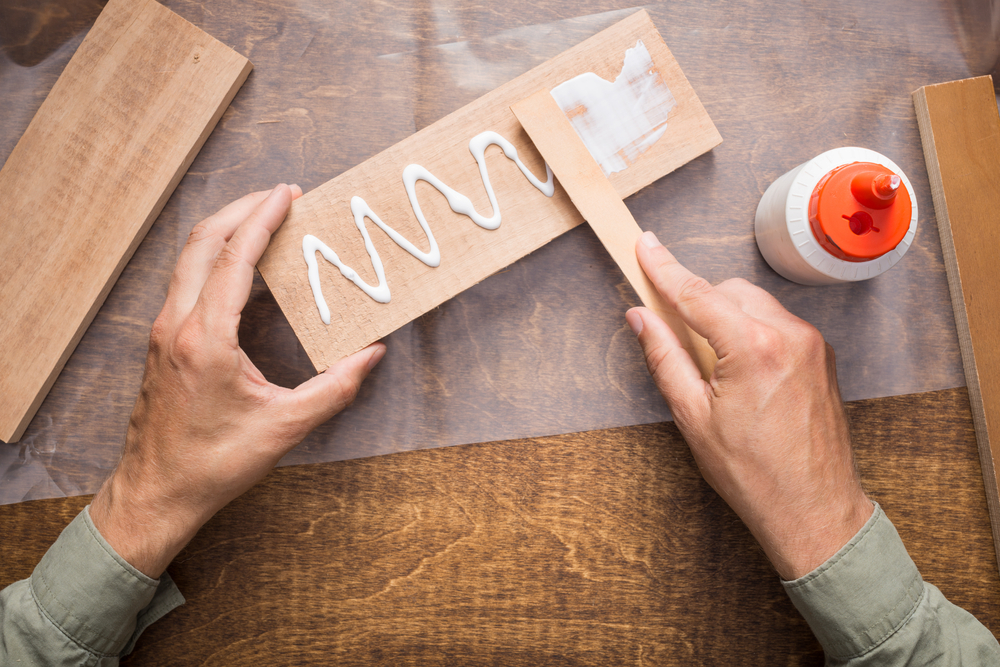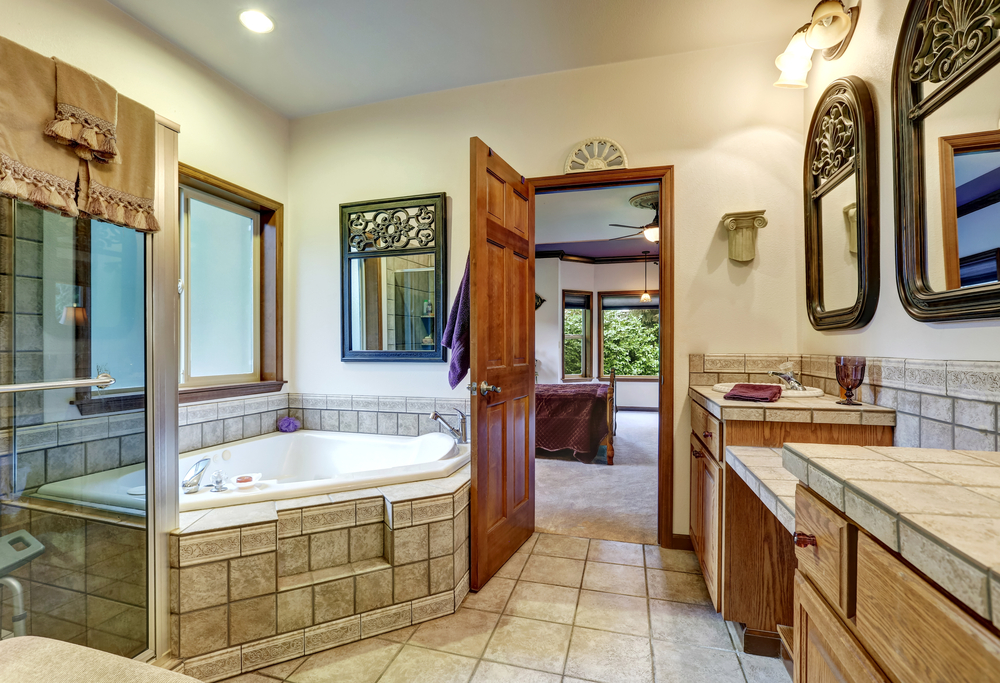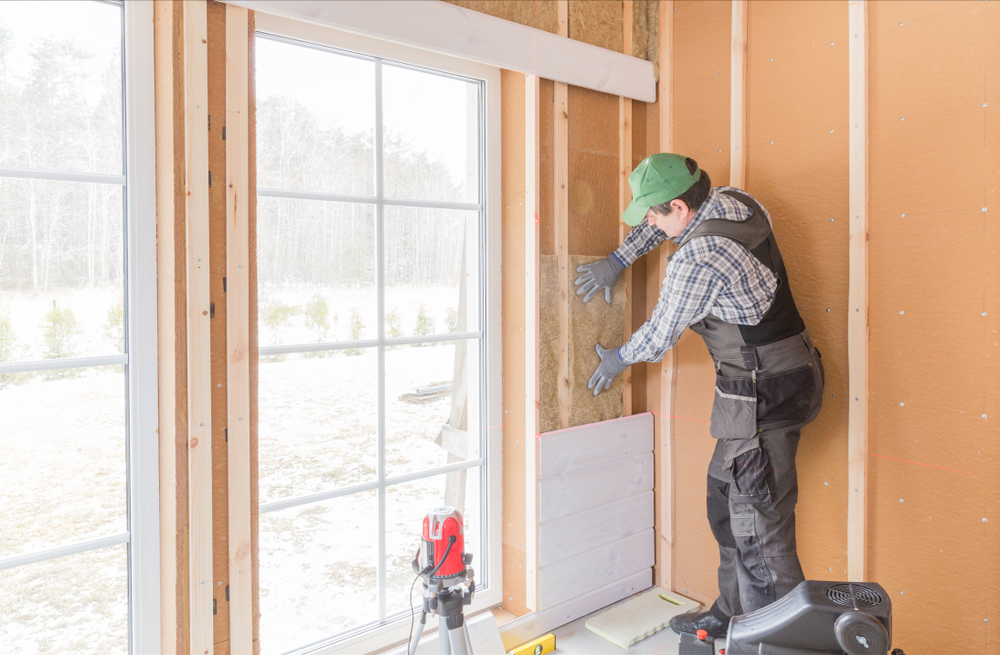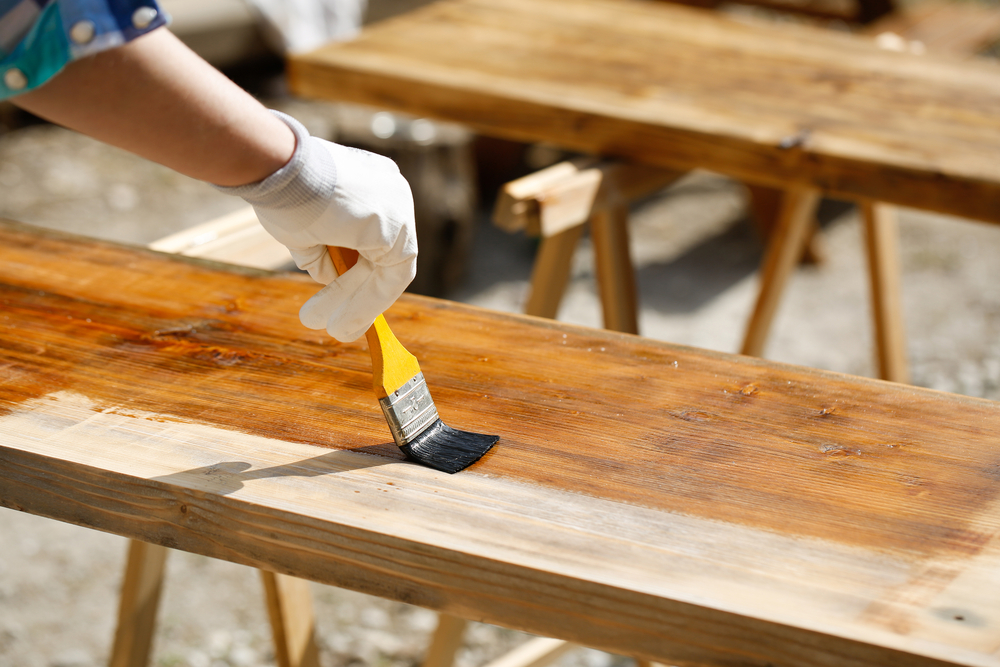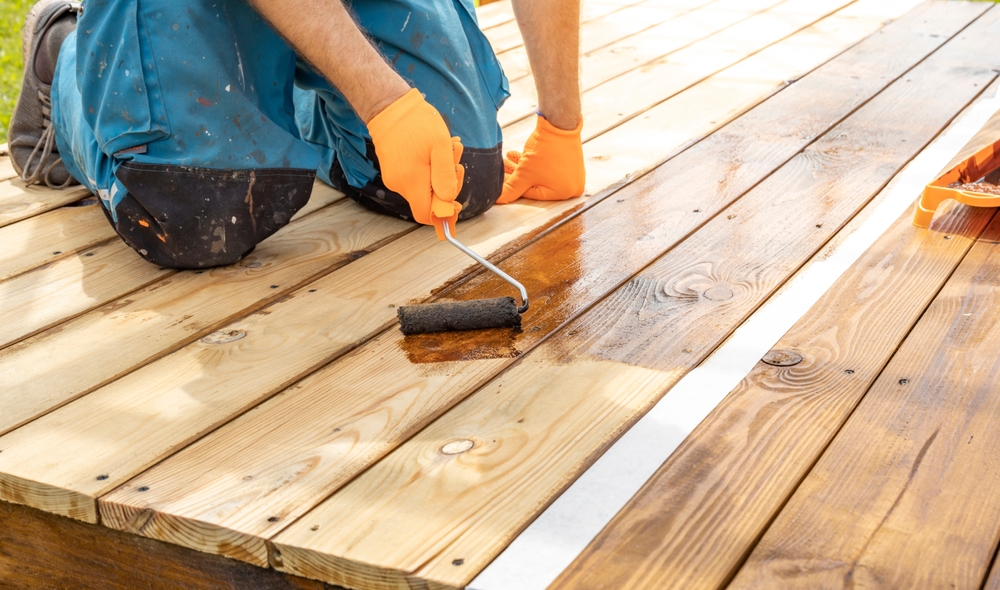Understanding Drywall Window Returns
Drywall window returns are essential components in modern construction and renovation projects. They provide a seamless connection between drywall and window frames. Properly installing drywall window returns can greatly enhance the aesthetic appeal and functionality of a space.
What Are Drywall Window Returns?
Drywall window returns refer to the finishing technique where the drywall extends snugly up to the window frame. This return can vary in depth, typically extending flush with the interior wall. This method offers a clean, trimmed appearance and eliminates the need for additional window trim or molding.
Benefits of Drywall Window Returns
- Clean Aesthetics: Drywall returns provide a modern and crisp look by smoothly blending the window into the wall.
- Cost-Effective: Eliminating the need for additional trim can save both material and labor costs.
- Space Maximization: Using drywall returns can make a room feel more spacious by allowing the window to blend seamlessly with the surrounding walls.
- Easy Maintenance: Drywall returns can be easily patched and painted along with the rest of the wall, maintaining a consistent look over time.
Materials and Tools Needed
To install drywall window returns, you will need:
- Drywall sheets
- Drywall screws or nails
- Joint compound
- Corner bead (metal or plastic)
- Tape measure
- Utility knife
- Miter saw
- Taping knife
Steps to Install Drywall Window Returns
Begin by measuring the opening. First, determine the width and height of the window opening including the depth to achieve an accurate fit. Cut drywall strips matching these measurements. Ensure each piece fits snugly without gaps.
Next, secure the drywall pieces to the window frame using screws or nails. Start with the top piece, followed by the sides, and finish with the bottom piece. Ensure all pieces are flush with the wall and window frame.
Install corner beads along the edges to protect the corners and provide a smooth finish. Secure the corner bead with nails or screws, ensuring it is flush with the drywall surface.
Apply joint compound along the seams where the drywall meets the window frame and the edges of the corner bead. Use a taping knife to spread the joint compound evenly and ensure a smooth finish. Let the compound dry completely.
Sand down any rough spots or uneven areas with fine-grit sandpaper to prepare the surface for painting. Wipe away any dust with a damp cloth and let the area dry.
Prime and paint the window return area, including the drywall and corner beads. Choose a paint color that matches the rest of the wall for a seamless look. Applying multiple thin coats of paint can yield the best results.
Common Issues and Solutions
One of the frequent issues is uneven cuts. Using a miter saw can help achieve precise cuts and improve fitting accuracy. Another problem is gaps between the drywall and the window frame. Ensure precise measurements and double-check before cutting.
If cracks appear over time at the seams, apply joint compound to fill them and sand smooth. Regular maintenance and touch-up painting keep drywall window returns looking fresh and clean.
When to Seek Professional Help
If the installation seems daunting or you lack the necessary tools, hiring a professional can ensure a flawless finish. Professionals have experience and can often complete the task more efficiently and with higher quality. They can also address any unforeseen issues that may arise during the project.
Why Choose Drywall Window Returns?
Drywall window returns have gained popularity due to their clean, modern look and practicality. The method provides a cohesive appearance that complements contemporary interior design. With easy installation and maintenance, drywall window returns are a beneficial choice for both new constructions and renovations.
“`

